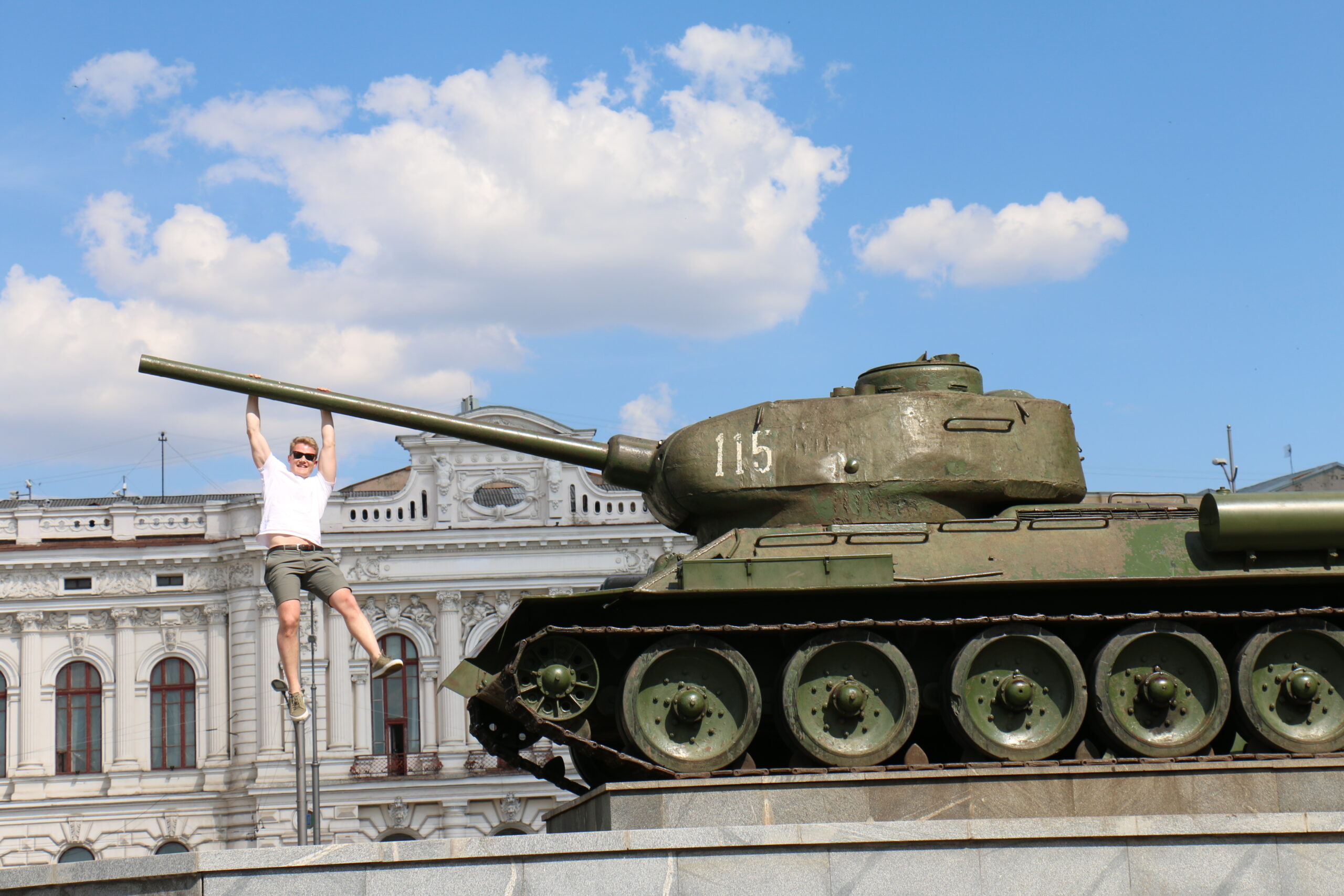
Eastern Europe is probably my favorite region in the entire world. In my quest to visit every country in the world, I’ve traveled quite extensively there, visiting nearly all the countries I consider part of Eastern Europe. But how many countries are actually in Eastern Europe? I once heard a quote saying, “There are almost as many definitions of Eastern Europe as there are scholars of the region,” and I couldn’t agree more. Everyone has their own definition of what constitutes Eastern Europe, myself included. In this article, I’ll guide you through the various well-known definitions of Eastern Europe, including my own or the “old school” definition as I like to call it, how the UN defines Eastern Europe, and other common interpretations of Eastern Europe.
Short answer:
Eastern Europe is in popular discourse most commonly defined by the former Eastern Bloc and the Iron Curtain. Eastern Europe includes the following 20 countries: Albania, Belarus, Bosnia and Herzegovina, Bulgaria, Croatia, Czechia, Estonia, Hungary, Latvia, Lithuania, Moldova, Montenegro, North Macedonia, Poland, Romania, Russian Federation, Serbia, Slovakia, Slovenia, and Ukraine.
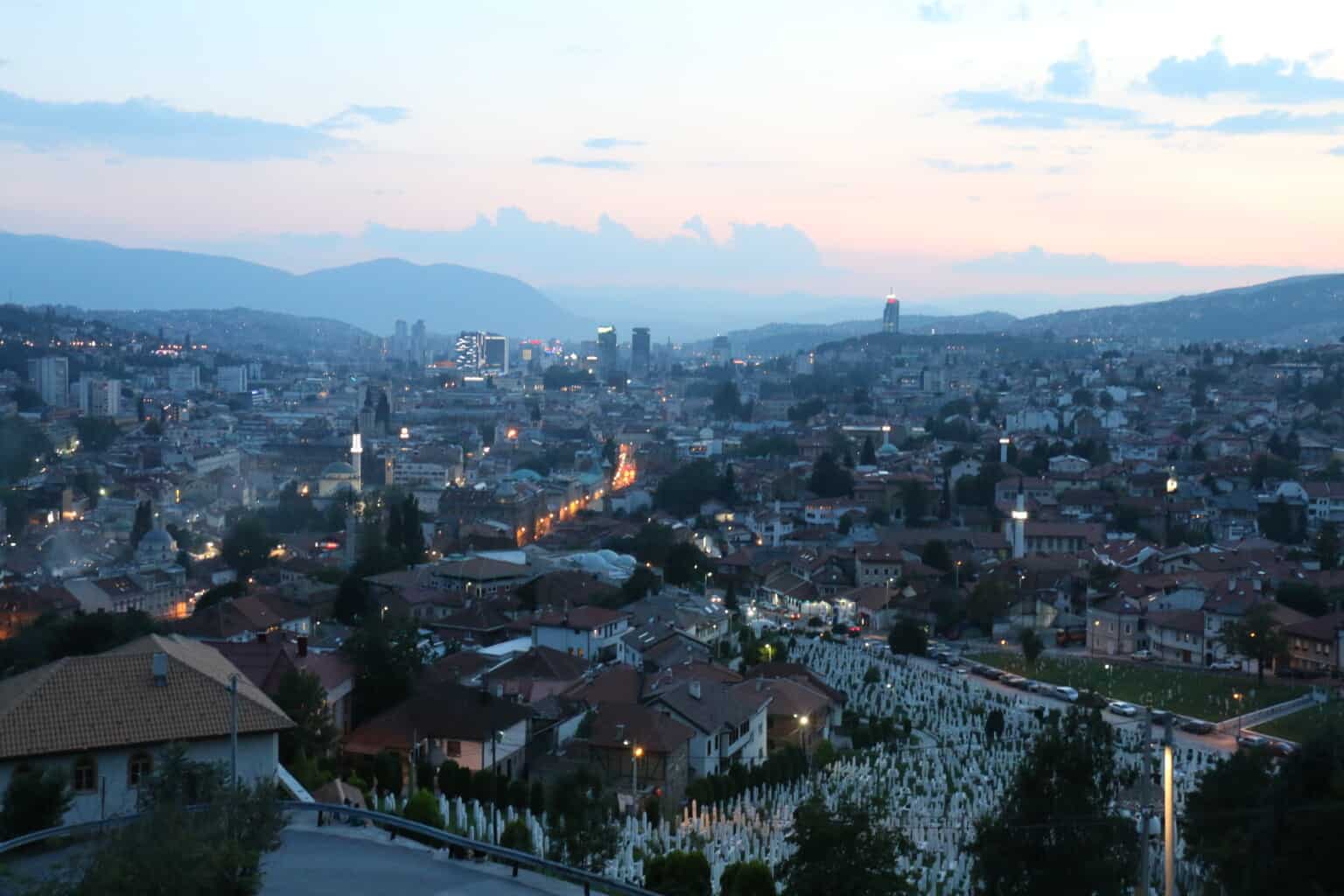
Historical context of Eastern Europe
To fully understand the definition of Eastern Europe, we need to take a look at Eastern Europe from a historical context, which begins after WWII.
Following WWII, Europe was divided between the East (also known as the Eastern Bloc) and the West. The Eastern Bloc came under the influence or control of the Soviet Union, leading to the establishment of communist governments in these countries. This region included Poland, the former East Germany, Czechoslovakia (now the Czech Republic and Slovakia), Hungary, Romania, Bulgaria, and the Baltic States (Estonia, Latvia, Lithuania), along with Albania and Yugoslavia (now Macedonia, Serbia, Bosnia & Herzegovina, Croatia and Slovenia), although Yugoslavia did maintain an independent course from the Soviet bloc a few years after WWII.
During this time, the Iron Curtain symbolically separated Eastern Europe from Western Europe, which marked a division between the Soviet-aligned socialist states and the Western capitalist countries. The Iron Curtain was a political, military, and ideological barrier that divided Eastern and Western Europe during the Cold War, from the end of World War II in 1945 until the collapse of the Soviet Union in 1991. This term symbolizes the efforts by the Soviet Union to block itself and its satellite states from open contact with the West and non-Soviet-controlled areas. The term “Iron Curtain” was popularized by Winston Churchill in a speech in 1946, where he described the descent of an “iron curtain” across Europe, separating the Soviet-controlled territories in the East from the Western democracies.
The Iron Curtain manifested physically in the form of border defenses, walls, and limited travel and communication between Eastern and Western Europe with the most famous symbol of the Iron Curtain being the Berlin Wall, which physically divided East and West Berlin from 1961 until 1989.
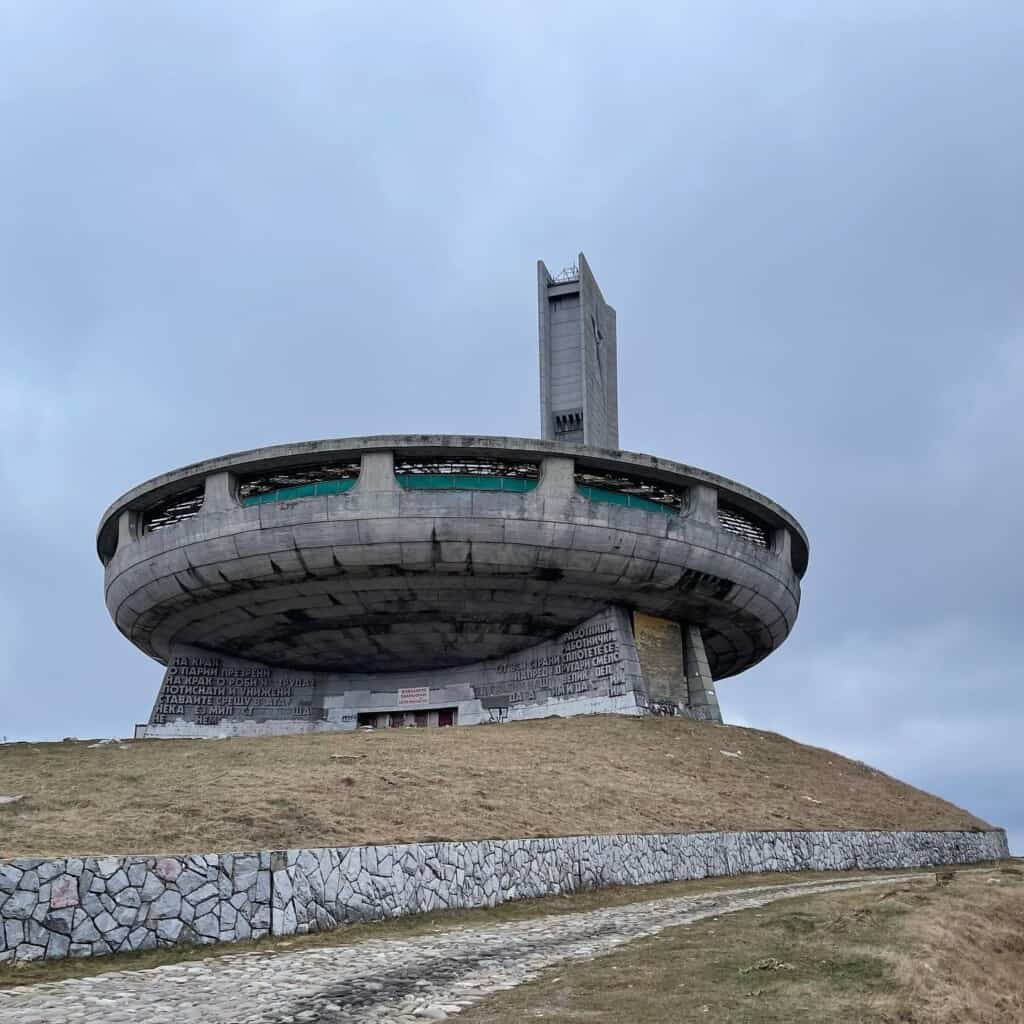
“Old-school” definition of Eastern Europe
Keeping this historical context in mind, the old-school definition of Eastern Europe is generally identified by the location of the former Iron Curtain, with the exception of Eastern Germany, which has since reintegrated with West Germany to form a unified German state. This definition might seem a bit outdated, especially since, after the fall of the Berlin Wall and the dissolution of the Soviet Union, many countries from the former Eastern Bloc have joined the EU and NATO. These are clearly Western organizations, signifying a shift in allegiance from East to West.
Despite these changes, I argue that in popular discourse, Eastern Europe is still, more than 30 years after the Soviet Union’s collapse, considered to cover the areas where the former Iron Curtain once stood.
This definition makes Eastern Europe consist of the following countries:
- Albania
- Belarus
- Bosnia and Herzegovina
- Bulgaria
- Croatia
- Czechia
- Estonia
- Hungary
- Latvia
- Lithuania
- Moldova
- Montenegro
- North Macedonia
- Poland
- Romania
- Russian Federation
- Serbia
- Slovakia
- Slovenia
- Ukraine
What About Georgia, Armenia And Azerbaijan?
But what about Georgia, Azerbaijan, and Armenia, you might wonder. Are they considered part of Eastern Europe? The inclusion of the former Soviet republics of Georgia, Azerbaijan, and Armenia as part of Europe often sparks debate. In my perspective, as outlined in my article “How Many Countries Are There In Europe?”, I do not categorize any of them as belonging to Europe, but rather to Asia.
This situation presents a nuanced case, as technically, a portion of Georgia lies within the European continent, while the majority resides in Asia. Armenia and Azerbaijan, meanwhile, are situated entirely on the Asian continent but are sometimes considered part of Europe due to their cultural and historical connections.
Personally, I maintain that they should not be classified as part of Europe, and by extension, not as part of Eastern Europe, given their clear location within the Asian continent, despite some cultural affiliations with Europe. In the same vein, Kazakhstan is not considered part of Europe, despite a segment of its territory geographically lying in Europe and its historical association with the Soviet Union. Similarly, I argue that the Caucasus countries should be excluded. During my 2019 visit to Georgia, I sensed that the country had more of an oriental ambiance than a European one. Although excluding these countries might diverge from some academic conclusions, I believe that in common discourse, people generally do not view Georgia, Armenia, and Azerbaijan as part of Europe, let alone Eastern Europe.
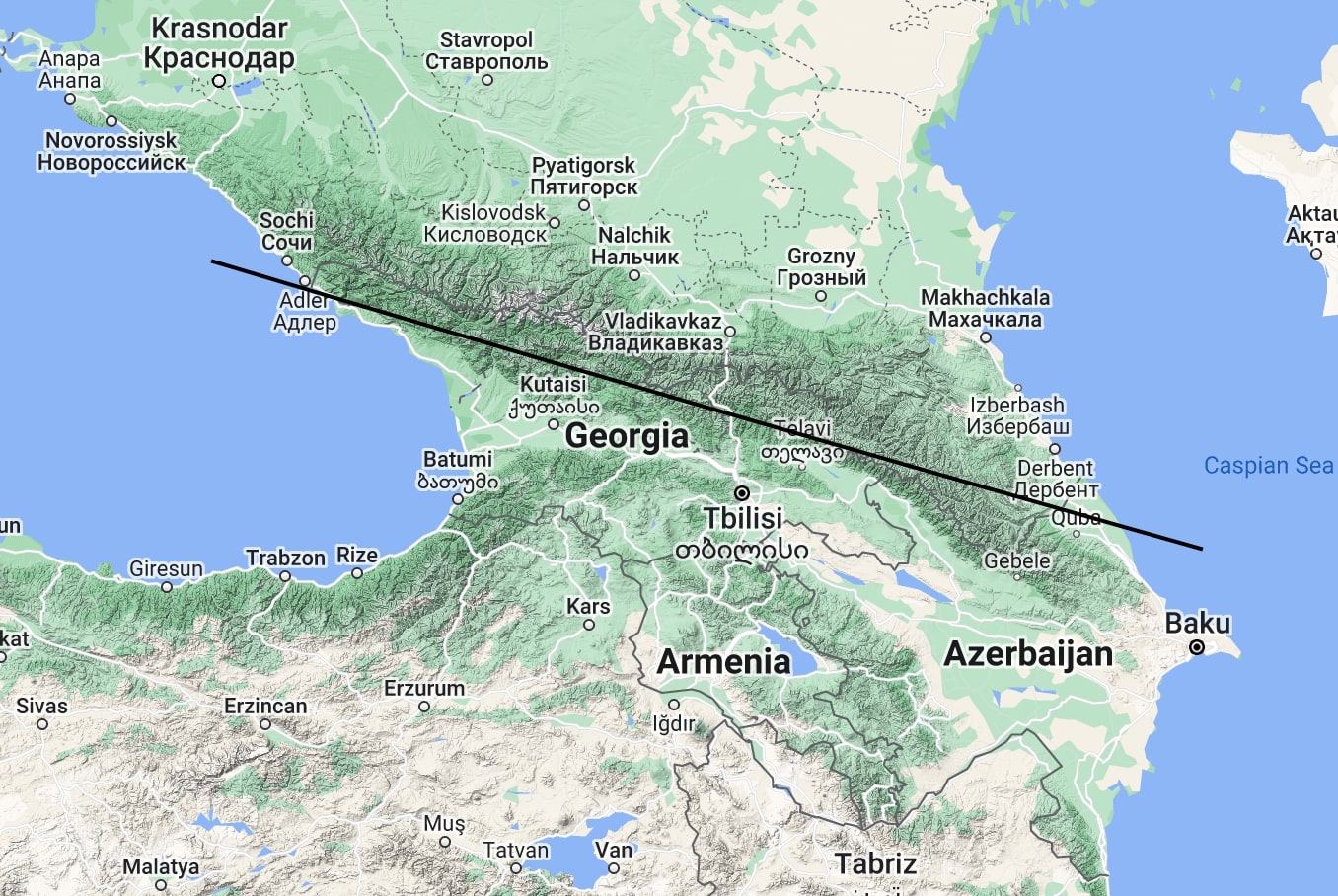
There are almost as many definitions of Eastern Europe as there are scholars of the region
– someone
What Does The UN Say?
UN Geoscheme
The UN takes a slightly more modern approach than the old-school Iron Curtain definition of Eastern Europe Europe. The reasoning behind grouping specific countries into the Eastern Europe category is not explicitly detailed by the UN but generally reflects a combination of geographical, historical, political, and economic factors. By grouping them together, the UN aims to facilitate a better understanding of regional trends, development levels, and the impact of various policies within a context that considers both historical ties and current realities.
According to the UN Eastern Europe consists of the following countries:
![]() Belarus
Belarus
![]() Bulgaria
Bulgaria
![]() Czechia
Czechia
![]() Hungary
Hungary
![]() Poland
Poland
![]() Republic of Moldova
Republic of Moldova
![]() Romania
Romania
![]() Russian Federation
Russian Federation
![]() Slovakia
Slovakia
![]() Ukraine
Ukraine
Furthermore, the UN considers Estonia, Latvia, and Lithuania to be part of Northern Europe while the former communist states of Serbia, Macedonia, Slovenia, Bosnia & Herzegovina, Montenegro, Croatia as well as Albania are considered to be a part of Southern Europe along with other traditional Western Countries such as Italy, Greece and Spain.
Also worth noting is that according to the UN geoscheme, neither Georgia, Armenia and Azerbaijan are considered to be part of Europe, but are instead included in Asia, due to their geographical location.
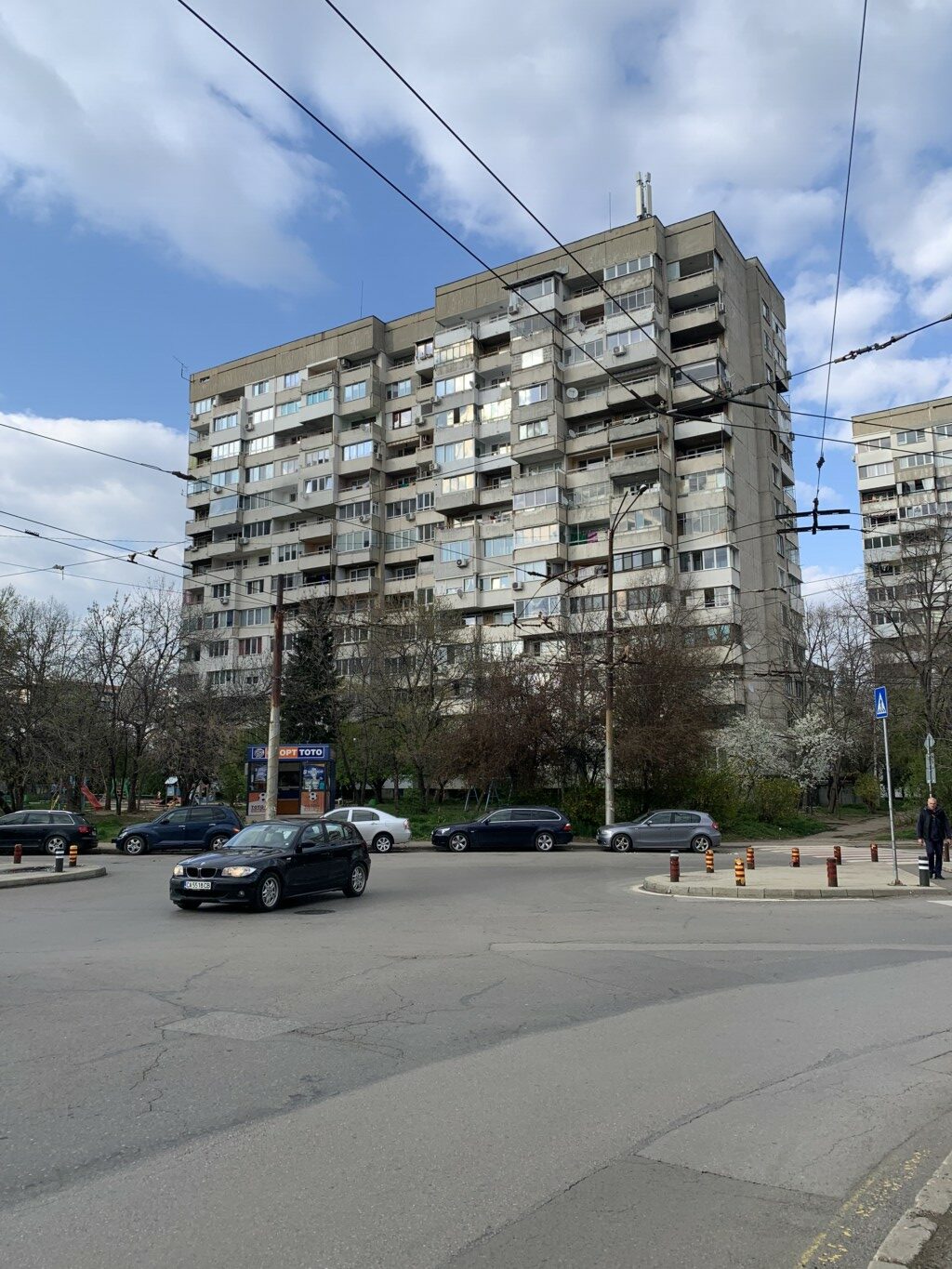
The Eastern European Group (EEG) In The United Nations
Another definition of Eastern Europe that one might choose to follow is the definition made by The Eastern European Group (EEG) in the UN. The Eastern European Group (EEG) is a coalition within the United Nations that groups together 23 countries from Eastern Europe that serves to coordinate and unify the positions of its member countries on various international issues, facilitating dialogue and negotiation among them. By acting collectively, the EEG amplifies the voice and influence of Eastern European countries in UN decision-making processes, advocating for the region’s interests and priorities.
The EEG currently consists of the following countries:
Albania
Armenia
Azerbaijan
Belarus
Bosnia and Herzegovina
Bulgaria
Croatia
Czech Republic
Estonia
Georgia
Hungary
Latvia
Lithuania
Montenegro
North Macedonia
Poland
Republic of Moldova
Romania
Russian Federation
Serbia
Slovakia
Slovenia
Ukraine
Why Does EEG Differ From The UN Geoscheme?
The Eastern European Group (EEG) definition of Eastern Europe differs from the UN Geoscheme primarily because of its focus and criteria for grouping countries. The EEG, a coalition within the United Nations, aims to ensure fair representation and participation of its member countries, grouping them based on geographical, historical, and political considerations, with a particular emphasis on shared historical and cultural ties, notably those related to the Cold War and Eastern Bloc affiliations. In contrast, the UN Geoscheme categorizes regions for statistical and analytical purposes, using a more geographical and socio-economic basis without the same emphasis on historical or political alliances. This distinction highlights the different objectives of each framework: the EEG focuses on diplomatic representation and collective voice, while the Geoscheme aims for statistical clarity and global comparison.
Worth noting is that all countries included in the EEG are part of the former Eastern Bloc, but also included the Caucasus countries of Georgia, Azerbaijan, and Armenia, while at the same time excluding other former Soviet republics such as Kazakhstan and Uzbekistan.

Common Culture & Historical Division
Another common definition of Europe and Eastern Europe among academics, and sometimes with geopolitics, includes dividing the continent less categorically and giving a more nuanced understanding by basing the division on the different nations’ cultural proximities. In this variation of Europe, Eastern Europe solely consists of the countries of Belarus, Ukraine, and Russia, due to their historical and cultural ties, as Slavic and Christian Orthodox nations. This grouping underscores the shared linguistic and religious heritage that binds these nations together, reflecting a deep-rooted connection that goes beyond mere geographical proximity. However, this definition is also not 100% accurate as Belarus and parts of Ukraine also have historical ties with both Poland and Lithuania. These connections highlight the complexity of Eastern European history, where borders have shifted and cultures have intertwined over centuries. The involvement of Poland and Lithuania, for example, speaks to a broader narrative of regional interaction, where alliances, unions, and conflicts have shaped identities and relationships.
Furthermore, an additional region known as Southeastern Europe is sometimes added, which includes the countries of Moldova, Romania, Bulgaria, and the former Yugoslav countries of Serbia, Macedonia, Bosnia & Herzegovina, Montenegro, as well as Albania. This region is shaped by the Byzantine and Ottoman empires, among others, which have left a lasting imprint on the area’s languages, religions, and traditions. Intriguingly, Greece is also included in this list, which, despite its ancient roots that deeply influence Western civilization, shares the Orthodox Christian faith and historical experiences with its Southeastern neighbors, again blurring the traditional East-West division.
On the other hand, the countries of Poland, Czechia, Slovakia, Hungary, Slovenia, Croatia, Estonia, Lithuania, and Latvia are grouped as Central European countries, aligning them with traditional Western nations like Germany and Austria. This Central European classification reflects centuries of complex history, from the Holy Roman Empire to the Austro-Hungarian Empire, and the shifting borders of the 20th century. These nations, often marked by a mix of Catholic and Protestant traditions, alongside a history of interaction with both Eastern and Western powers.
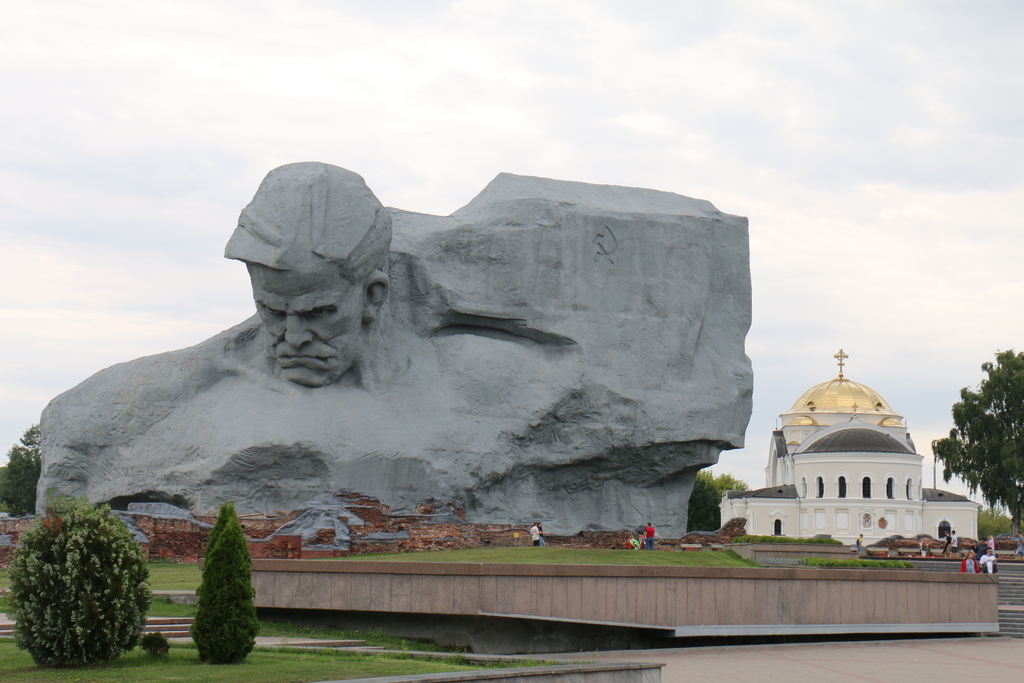
Why this definition is not complete
While there are undeniable similarities among countries grouped together in the various regional classifications above, it again does not paint a full picture. For instance, one might argue that in Southeastern Europe, countries like Serbia and Bulgaria stand out for their historical affiliations with Russia. Both nations, sharing the Orthodox Slavic heritage, have nurtured profound connections that predate the Cold War which stresses depth of their cultural and political bonds. The grouping of Central European countries makes sense because of their history. For example, Poland-Lithuania was a major force in Central Europe, just like Germany and Austria-Hungary were. But to get a fuller picture, we should also include parts of Belarus and Ukraine in Central Europe because of their historical ties and impact on the region’s history.
Estonia, should also in my word not be considered as a Central European country due to its cultural and language ties with Finland. Both countries speak a Finno-Ugric language and were part of the Swedish Empire, which connects Estonia more to Northern Europe rather than Central Europe. Despite being geographically close to Central European countries of Latvia and Lithuania, Estonia’s culture and history fit better with Northern Europe. Recognizing these differences is important to get a clear picture of Europe’s diverse regions, where history, culture, and language play a big role in defining each country’s unique identity.

Conclusion
As you can see there are many ways that you can choose to define Eastern Europe, wether its a pure geographical definition or if you add history, culture and politics into the mix. The further you go down the rabbit hole looking at historical and cultural similarities you realize the many interconnections between the different nations. It’s important to remember that neither one is more correct than the other. However, I believe that what people commonly associate with Eastern Europe in everyday conversation is largely influenced by recent historical events, particularly the legacy of the Iron Curtain and the historical East-West divide, despite more than 30 years having passed since its fall. With the resurgence of tensions, such as Russia’s conflict in Ukraine, we may witness a gradual shift in this perception over time, potentially leading to a redefinition of the border between East and West.
Below is the complete list of Eastern European countries according to my “old school” definition of Eastern Europe. I have personally visited 18 out of the 20 Eastern European countries, with only Moldova and Russia remaining.
- Albania ✅
- Belarus ✅
- Bosnia and Herzegovina ✅
- Bulgaria ✅
- Croatia ✅
- Czechia ✅
- Estonia ✅
- Hungary ✅
- Latvia ✅
- Lithuania ✅
- Moldova
- Montenegro ✅
- North Macedonia ✅
- Poland ✅
- Romania ✅
- Russian Federation
- Serbia ✅
- Slovakia ✅
- Slovenia ✅
- Ukraine ✅
